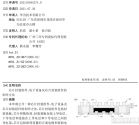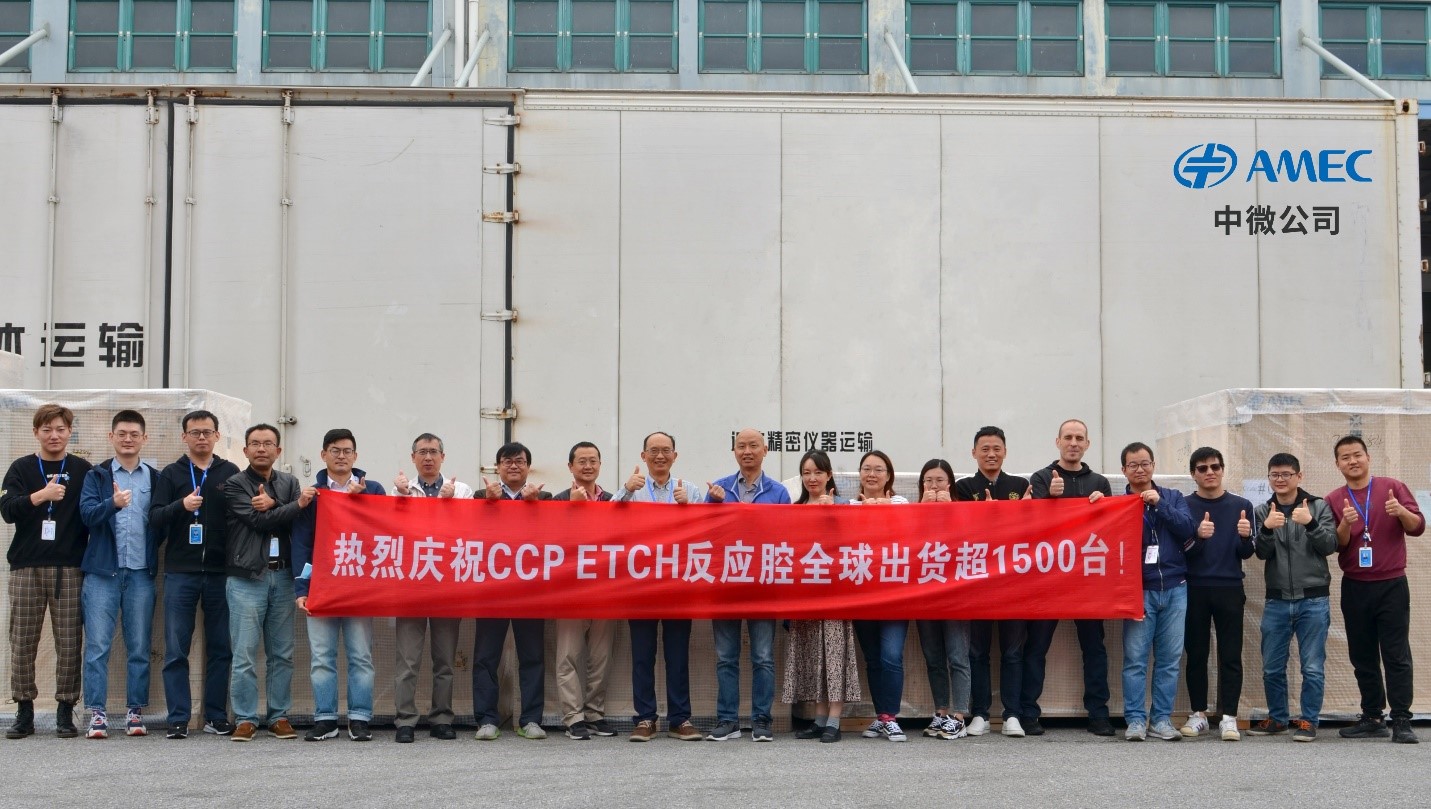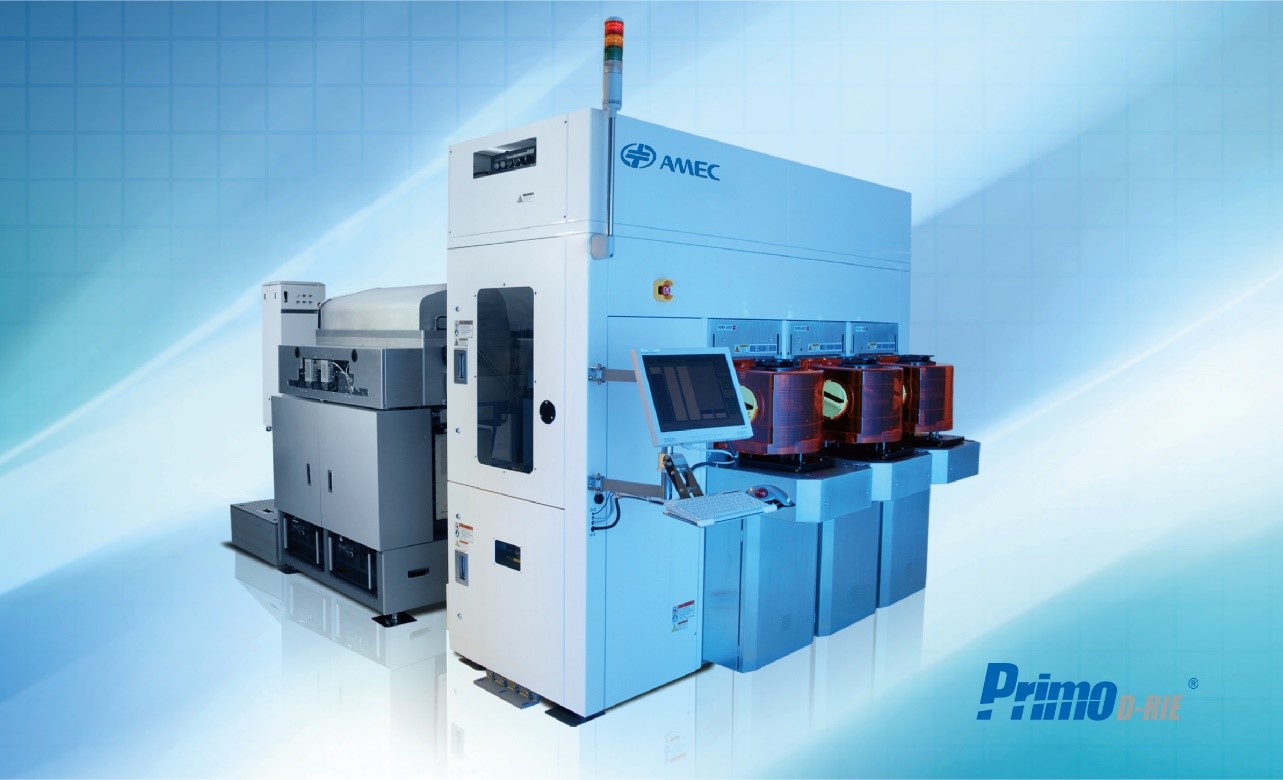China Micro Company Celebrates the Milestone of Delivery of the 1500th CCP Etching Equipment Reaction Platform
China Micro Semiconductor Equipment (Shanghai) Co., Ltd. ushered in an important milestone on November 2, 2021: The 1500th reaction stage of China Micro Corporation’s capacitively coupled high energy plasma (CCP) etching equipment was successfully delivered to a leading domestic company Semiconductor manufacturer.
China Micro Semiconductor Equipment (Shanghai) Co., Ltd. (hereinafter referred to as "China Micro Corporation", stock code: 688012) today ushered in an important milestone: China Micro Corporation's Capacitive Coupling High Energy Plasma (CCP) etching equipment No. 1500 The two reaction stations were successfully delivered to a leading domestic semiconductor manufacturer. The Primo D-RIE® etching equipment reaction table delivered this time comes from a repeat order of the customer.
Primo D-RIE® etching equipment is used by the world's leading chip manufacturers to manufacture storage and logic devices. Customers value the advantages of this equipment in terms of stable and reliable performance, significantly improved productivity and relatively low production costs in mass production. Designed to optimize throughput, Primo D-RIE® can be configured with up to three dual-stage reaction chambers. Each reaction chamber can be operated independently and can process two wafers at the same time. In addition, the outstanding features of the equipment also include: China Micro's VHF and low frequency hybrid radio frequency decoupling reactive plasma source with independent intellectual property rights, plasma isolation ring, and advanced process components used to control the reaction environment in the cavity.
Since the release of Primo D-RIE® in 2007, China Micro Corporation has successively expanded its CCP etching equipment product line to meet the increasingly stringent technical needs of customers. In addition to Primo D-RIE® double-reaction stage etching equipment, the CCP etching equipment series also includes double-reaction stage etching equipment Primo AD-RIE®, single-reaction stage etching equipment Primo SSC AD-RIE®, Primo HD-RIE ® and Primo iDEA® that integrates etching and de-glueing. These products provide customers with comprehensive equipment solutions for a variety of applications in 5nm and below processes. China Micro's etching equipment product line also includes two other inductively coupled low energy plasma (ICP) etching equipment and through silicon via (TSV) etching equipment.
The unique innovative technology and rapidly growing market share of China Micro's plasma etching equipment have consolidated its leading position in the semiconductor front-end equipment industry at home and abroad, and promoted the company's sustainable development. So far this year, Primo HD-RIE for 3D NAND applications and Primo AD-RIE-e for logic applications at 7nm and below have accounted for 50% of total device shipments. Among them, Mainland China and Taiwan have the highest proportions. In the first three quarters of this year,
China Micro's sales revenue increased by 40.4% over the same period last year, and the sales growth rate of etching equipment was about 100%.
Dr. Ni Tuqiang, Group Vice President and General Manager of Plasma Etching Products Business Headquarters of China Microelectronics, attributed this milestone of shipment and the company’s steady growth to the company’s "customer first" operating principle. He pointed out: "China Micro Innovative technology and world-class professional skills make our etching equipment products favored by leading manufacturers, and we are proud of this. Helping customers achieve their technical and profitability goals inspires everyone from the management team to the grassroots Employees, and affect every link of the entire product life cycle-from product design, equipment program customization to our professional on-site engineers to provide a full range of services. We are very grateful to our customers for their trust in Micro and Micro companies and products, we have obtained today The milestones in this year are inseparable from the long-term support of customers."
Primo D-RIE®, Primo AD-RIE®, Primo HD-RIE®, Primo SSC AD-RIE® and Primo iDEA® are registered trademarks of China Microelectronics.



